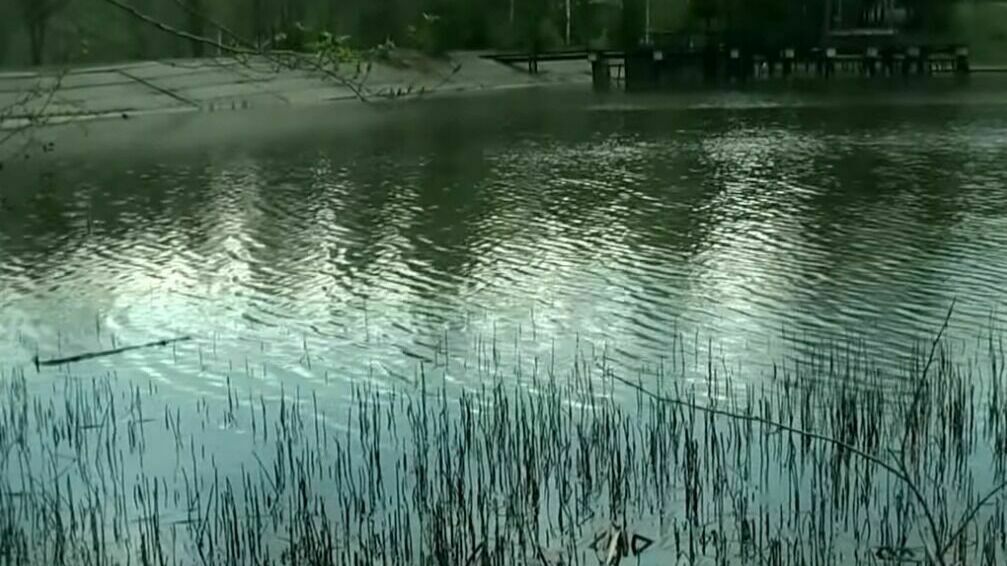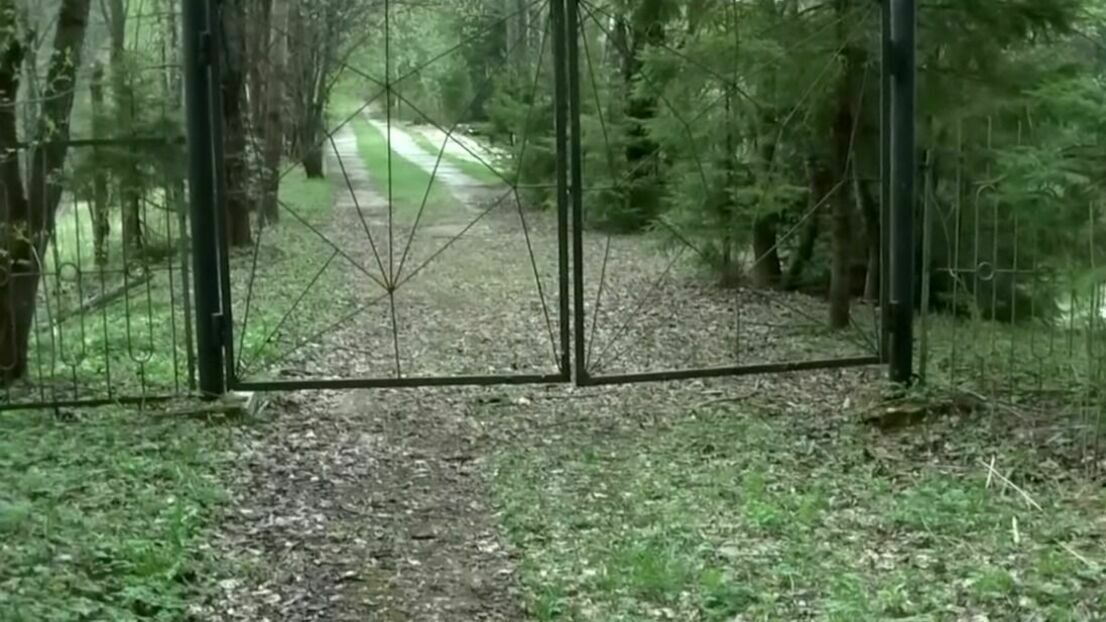Posted 11 января 2023, 07:58
Published 11 января 2023, 07:58
Modified 11 января 2023, 10:31
Updated 11 января 2023, 10:31

What the expedition "Great Rivers of Russia from source to mouth" revealed
The project manager Vladimir Bratashov, together with colleagues and like-minded people, has been regularly informing the interested public about the situation with Russian rivers for several years not only on the portal https://rivers-russia.ru /, but also on the YouTube channel "Ecobrat_Rivers of Russia". According to Bratashov, the situation is bad.
Briefly about how this public initiative to monitor the rivers of Russia was born, Vladimir Alekseevich tells this:
"On June 5, 2015, I announced the launch of the public project "Expedition "Great Rivers of Russia from source to mouth". The idea of the expedition came unexpectedly when in March of the same year I visited the river of my childhood, Bogucharka, the left tributary of the Don. Rather, the river is no longer there, there is a continuous swampy and overgrown floodplain. The idea arose: to pass the rivers from the source to the mouth. So the project was born. I chose the Don River as the first object to pass through, it is an ideal model for testing the technology and methods of surveying rivers, the contours of which have formed in my head".


Over the past years, a series of expeditions have been conducted along the rivers of Russia in the Don and Oka basin districts from the source to the mouth in order to determine and describe their current state in an accessible form.
Eco-activists have already surveyed 13 rivers: from the largest - the Don River, to the small Serpeyka River with a length of 2 km.
"During the annual implementation of the initiative, we realized that it needs to be turned into a permanent project for all rivers of Russia, and it is also necessary to offer the Russian Geographical Society through it to intensify environmental work in order to raise it to a high level within the framework of the Russian Geographical Society," Vladimir Bratashov emphasizes.
"I do not set goals and objectives to fight with anyone or condemn anyone. What is, is. We ourselves have brought our rivers to a bad state. Let's think again, what will we do, how and in what time frame? Today, many environmental activists are fighting "for" something, others are "against" something, managers are fighting back as best they can, talking about grandiose plans... Let's start doing something more actively, including at the public level!", Vladimir Bratashov urges.
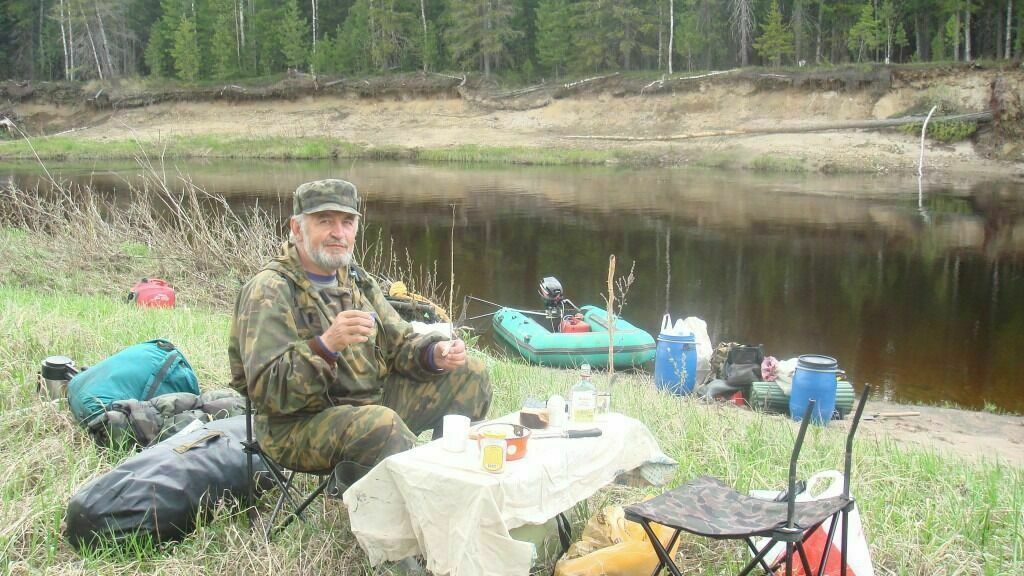

"In 2015, I conducted an expedition at the expense of my own material and technical base, and mostly alone, with little help on the ground by various people. In 2017, colleagues from Serpukhov, Moscow joined. In 2018, colleagues from Mozhaisk joined.
When developing the concept of the project, the website and setting tasks for creating a geoportal, a group of participants from St. Petersburg University, programmers from Protvino, Pushchino and specialists in the field of geoinformation technologies in Moscow was formed.
In December 2016, the Council of the Moscow Regional Branch decided to support the Project "Expedition of the Great Rivers of Russia from source to mouth"," Bratashov notes.
In one of the videos on the YouTube channel "Ecobrat_Rivers of Russia" Vladimir Bratashov tells in detail, in particular, about the Moscow River.
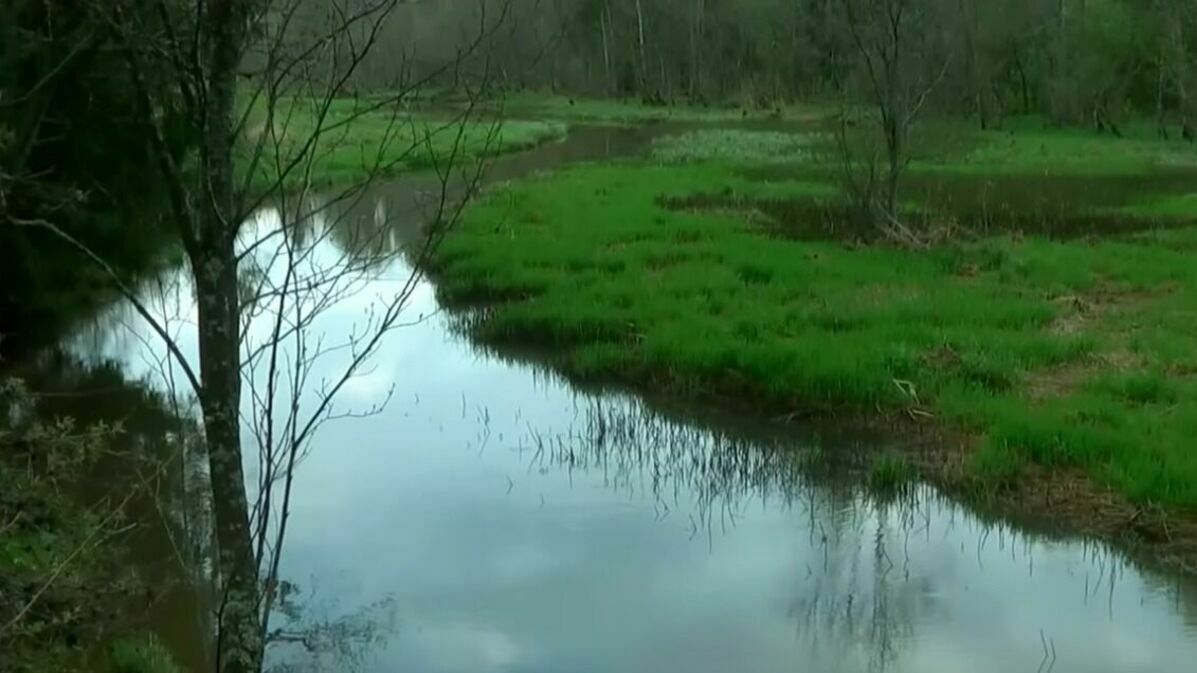

The film "The current state of the Moscow River from source to mouth" it was created based on amateur video footage of the Moscow River during the implementation of the public project "Expedition of the Great Rivers of Russia from source to mouth" in 2018.
"It is considered that the Moscow River flows from the Starkovsky swamp. Here, between 148 and 149 kilometers, a culvert is laid under the Minsk highway.
In the past, several drainage ditches were dug along the Starkovsky swamp, which by today are mostly overgrown.
There is a small depression in front of the culvert, from which water flows into it.
On the other, northern side of the road, there is a territory symbolizing the source of the river.
After 420 meters, the river flows into the quarry.
This is the place – downstream from the source of the official, where the chapel stands, the Moscow River flows into this quarry. In terms of area and depth, this is probably the largest quarry in the Mozhaisk district. There are a lot of fish here," says Vladimir Bratashov.
As part of this trip, the head of the public project "Expedition of the Great Rivers of Russia from source to mouth" also reached the famous dam on the Moscow River.
"It used to belong to the Ministry of Defense, but now it is supposedly a hunting farm. A giant reservoir has been created here, by local standards. The dam is a powerful concrete structure. ...Not so far away is an improvised bridge over the Moscow River. It's just that there is so much water here, a little… This is below the main dam of the Moskva River reservoir," says Vladimir Bratashov.
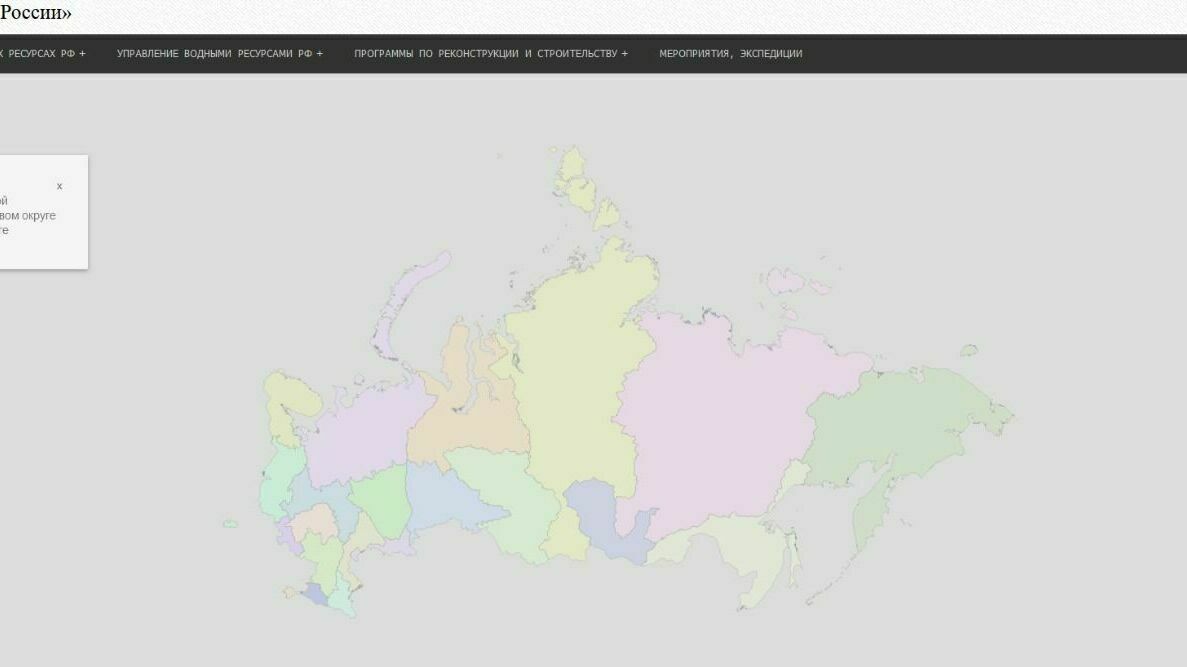

As a result of the expedition along the Moscow River, Vladimir Bratashov made and recorded the following conclusions and suggestions:
- Rivers have no real owner
- It is necessary to improve the water resources management system
- In many villages, small and medium–sized cities, sewage treatment plants do not work – or work poorly
- There is an unfriendly attitude towards public control over the work of sewage treatment plants
- It is necessary to start mass restoration and construction of ponds. To solve the issue of free provision of land for these purposes
The eco-activist calls on all those interested in preserving the rivers of Russia to join the public project. Vladimir Bratashov's contacts can be found on the website https://rivers-russia.ru / ([email protected] , [email protected] , tel. +7 (915) 388 – 28 – 02). He also shared his plans for the following years:
- Continue work on filling the portal "Rivers of Russia" and the development of the geoportal https://rivers-russia.ru/geo_portal/;
- To create working groups on the basis of four regional branches of the Russian Geographical Society and four universities to implement the project and maintain the geoportal "Rivers of Russia";
- If possible, continue expeditions along the Great Rivers of Russia;
- On the basis of the geoportal to create a platform for creating a geographical atlas of the district, region. The geoinformation model has already been created on the example of the Serpukhov city district;
- To create a model of public monitoring of the state of water bodies on the basis of the geoportal.
